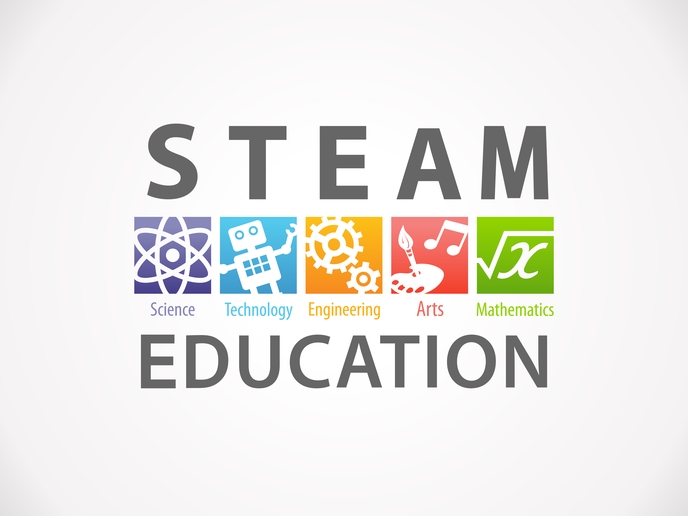Learning maths with a melody
They say there are two types of people: right-brained and left-brained. On the one hand, science, technology, engineering and mathematics, or STEM subjects, rely on the left half of the brain and are thus logic-driven. On the other hand, artistic activities, which use the right side of the brain, foster creative problem-solving. “Problem-solving is one of the key skills for the 21st century job market, and teaching only STEM subjects is no longer sufficient,” says Vassilis Katsouros, a researcher at the Athena Research Centre’s Institute for Language and Speech Processing. “To prepare today’s school children for their future, schools need to begin teaching a science, arts, technology, engineering and mathematics – or STEAM – curriculum.” Katsouros also serves as the coordinator of iMuSciCA (Interactive Music Science Collaborative Activities), an EU-funded project dedicated to introducing new pedagogical methods and cutting-edge technologies for integrating music into STEM activities.
Online workbench of resources
iMuSciCA aims to demonstrate how schools can integrate the arts and STEM to teach students comprehensive problem-solving skills. To do this, the project developed an online workbench of resources that teachers can use to incorporate musical activities into physics, geometry, maths and technology lessons. With the iMuSciCA online tools, students use a computer to design a virtual musical instrument. To teach a physics lesson on wave theory, for example, a teacher can have the students design a string instrument and change its length, thickness and string material to see how this affects the sound properties. “I’ve also seen lessons where students used instruments to compose their own music or play in a band,” says Katsouros. “One class even created physical instruments via 3D printing technology.”
A European first
To date, over 300 students in schools located in Belgium, France and Greece have benefited from iMuSciCA-inspired lessons. Although each of these pilot lessons differed in how it used the iMuSciCA workbench, all resulted in the students benefiting from a deeper understanding of STEM subjects. “iMuSciCA stands out as one of the first European projects attempting to combine an innovative STEAM pedagogical framework with a variety of technologies deployed in real educational settings,” adds Katsouros. “Based on the pilots conducted during this project, we are confident that iMuSciCA is well-positioned to be marketed as a means for adopting STEAM pedagogy and fostering creative problem-solving.” Project researchers are now working to disseminate the iMuSciCA platform to more schools and integrate it into the emerging EdTech market.
Keywords
iMuSciCA, maths, science, music, STEM, STEAM, problem-solving, EdTech



